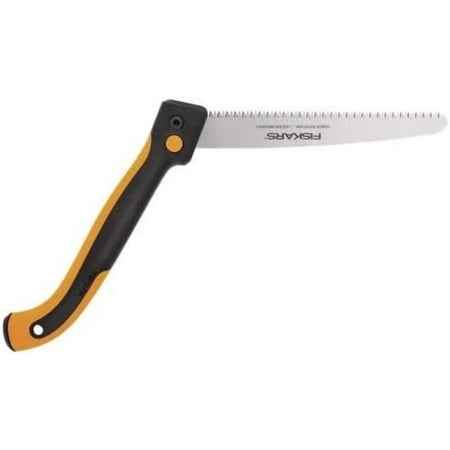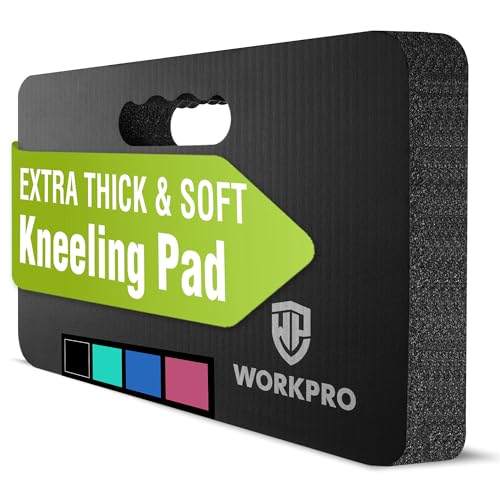Is burning bush invasive? Expert advice to control this vigorous shrub, plus native alternatives to grow instead
Discover how to control burning bush with our expert guide
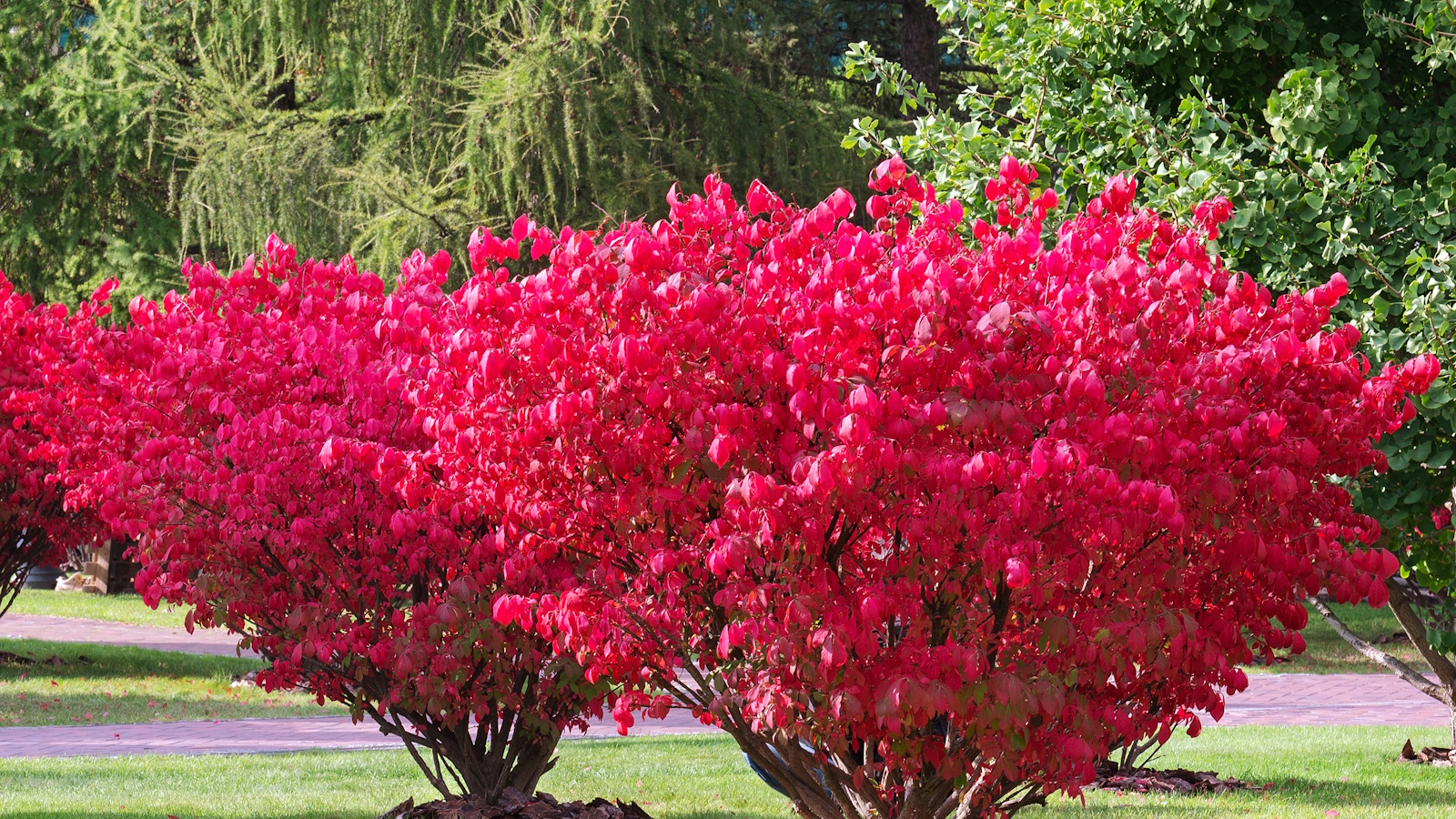

Burning bush, or Euonymus alatus, is easily identified by its fiery pink-red fall foliage. Much like the spindle tree, which is also part of the Euonymus genus, this species steals the show from September onwards. However, while burning bush might look spectacular, this shrub can prove to be problematic.
Today, 21 US states, including Massachusetts and New Hampshire, classify burning bush as invasive, expressing concern due to its aggressive habit. So, while its vibrant fall display is undeniably attractive, burning bush’s vigorous growth makes it a dangerous species, and one that can disrupt local ecosystems and outcompete native species.
If you’re considering adding burning bush to your landscape, it would be wise to first contact your local government office to understand whether or not it is considered invasive in your region. And, even if it is not, it might not be worth adding this invasive tree to your landscape. Here, one plant expert from Wisconsin offers advice on these vigorous shrubs, and we also reveal how to control burning bush shrubs already growing in backyards to prevent them from becoming a nuisance.

How to control burning bush
'Burning bush are resilient low maintenance shrubs,' says plant expert, Katie Sunderlage, based in Wisconsin. 'They are native to Asia, including in Japan and China. Burning bush can be grown down to US hardiness zone 4 and can handle a wide range of growing conditions, yet its robust nature is a cause for concern.'
Limiting the spread of burning bush
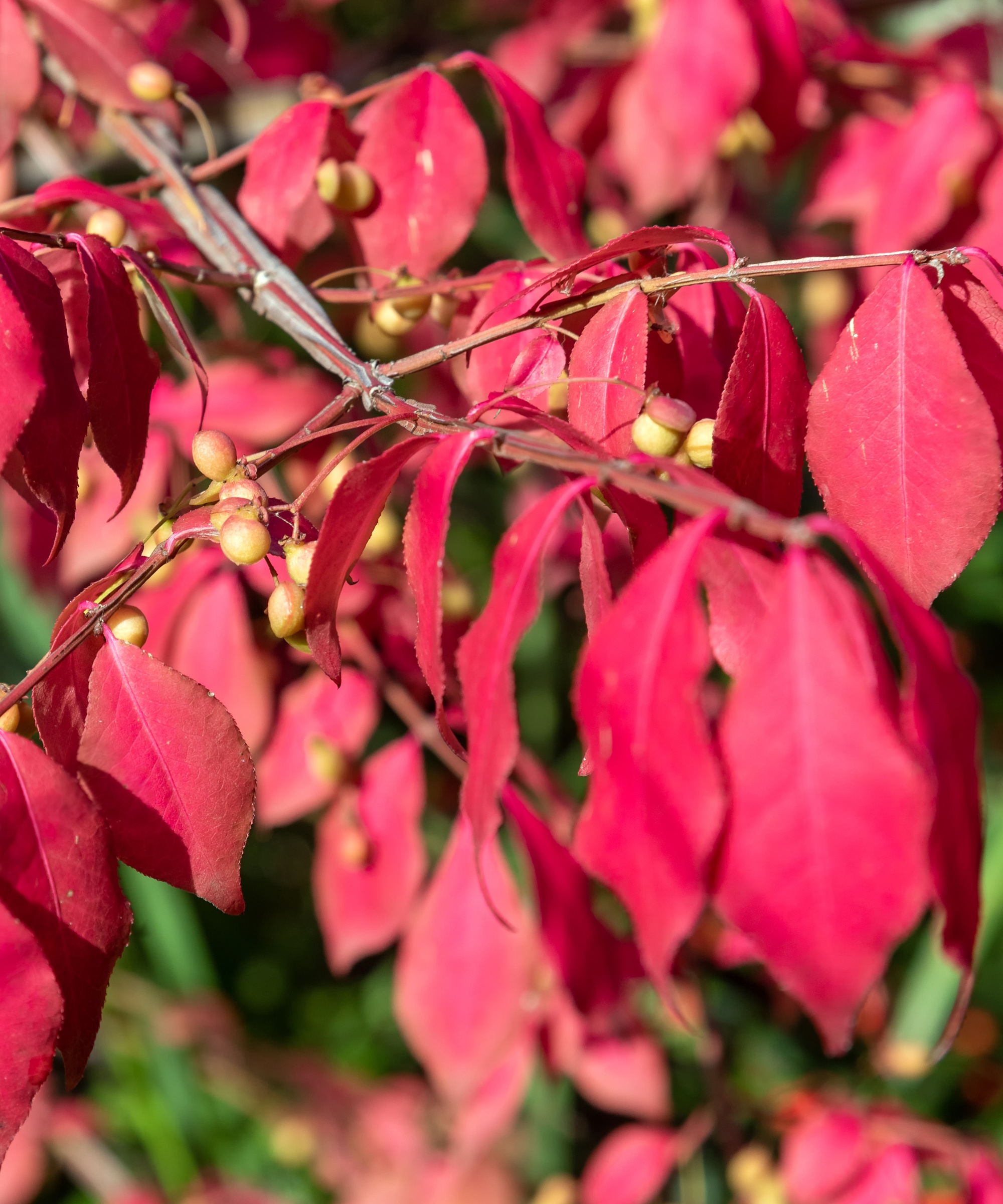
You might already have a burning bush plant growing in your yard, and while it may not be a huge issue, there are certain growing habits to know regarding this invasive plant.
Firstly, this shrub will sucker, meaning it will send up new growth and shoot from the roots. This can be at the base of your tree or a small distance away. When you are pruning burning bush plants, it is therefore a good idea to also snip any suckering shoots you come across in your yard. If possible, try to also dig down and remove some of the roots. For this task, I would recommend using a sharp hori hori knife.
When pruning, using sharp tools will make the job significantly easier. If you need to invest in a new pair of secateurs, try these Felco high-performance shears, available from Walmart.
'Burning bush can also easily spread via its bright red berries that are produced during the fall and winter months,' Katie says. 'While beautiful, these fruits are a favorite snack of birds, who then spread the seeds far and wide. This is how burning bush plants can easily invade woodlands, without the owner even knowing they are causing harm.'
In your own yard, then, you will need to remove any burning bush seedlings you spot germinating in the borders. Unfortunately, there is little you can do to prevent birds from ingesting the seeds and spreading them beyond the boundaries of your plot, save for removing all of the fruits by hand during the fall months.
Alternatively, it might be necessary to remove and replace the shrub, particularly if you live in an area where burning bush is proving to be a problem in local forests and nearby woodlands. To do so, use a pruning saw to cut your burning bush shrub down to the base, disposing of the pruned material in your green waste to avoid adding seedlings to your compost heap. Having removed most of the shrub, it will be easier to dig up the plant, removing as much of the roots as possible. While you might not succeed on the first go, regularly removing suckers and shoots will eventually weaken and kill the plant.

These all-black durable gardening gloves are perfect for tough jobs like removing invasive burning bush plants from your yard.
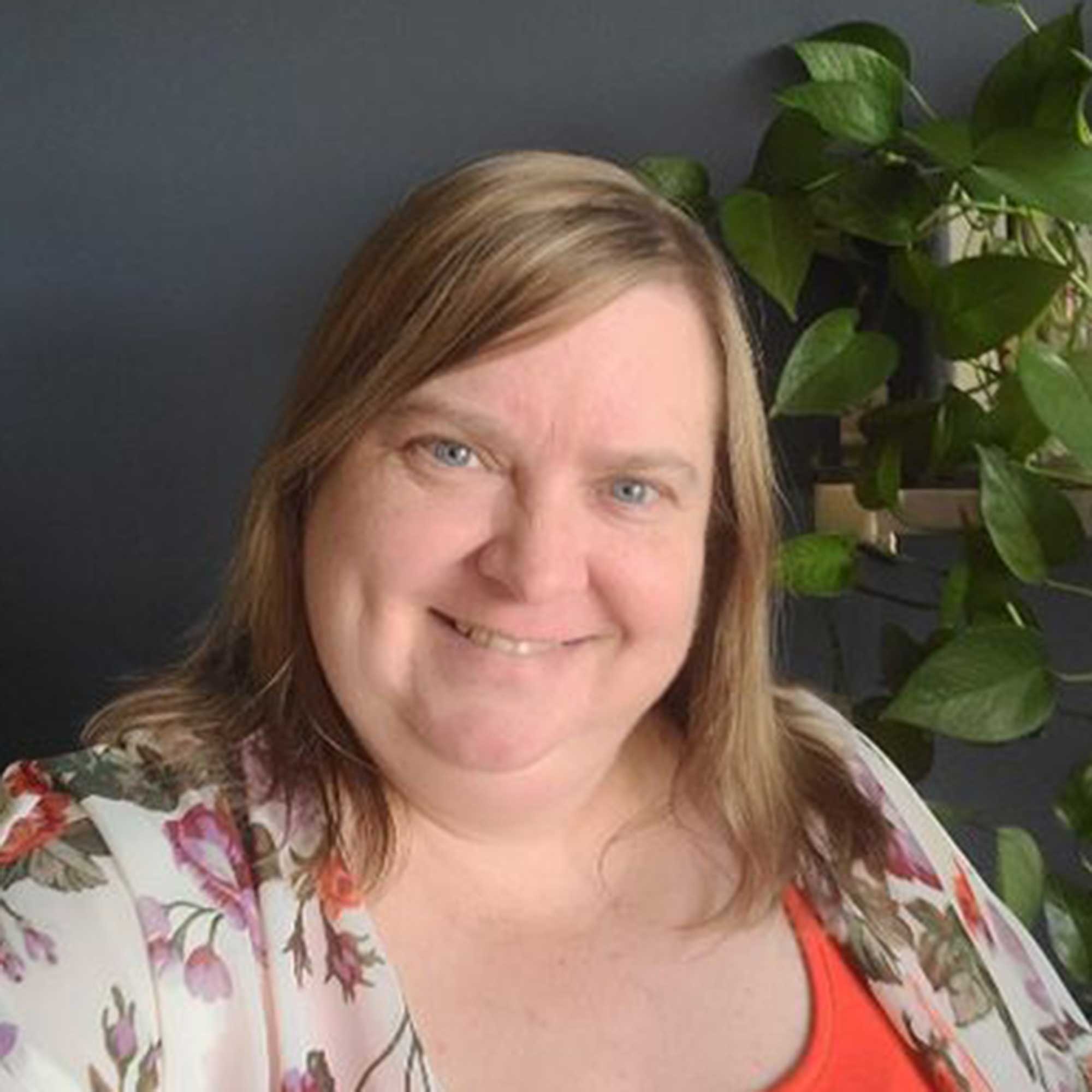
Operations Manager at Holland Group, managing the customer service department and purchasing. Katie has been in the green industry since 2005 in the Greater Milwaukee area, earning her degree in Horticulture in 2008. She has been able to share her love for plants working in multiple garden centers, in sales positions and most recently in an online retail platform at Holland Group.
Native alternatives to burning bush

There are so many native alternatives that can easily replace burning bush shrubs. For example, the black chokeberry shrub, Aronia melanocarpa, is an ideal pick that is native to much of eastern North America. It can be grown down to US hardiness zone 3, and provides excellent interest in all seasons, particularly with its vibrant foliage in fall and black berries in winter. Live chokeberry plants are available from Amazon.
For another option, why not consider learning how to grow sweetshrub? Calycanthus floridus is an unusual plant native to North America that can be grown down to US hardiness zone 5. With pink, spider-like blooms, this is one plant that is sure to elevate any backyard. Sweetshrub live plants are available from Walmart.
FAQs
Can I grow burning bush in a container to limit its spread?
'Burning bush can be planted in pots, but you must use a container that is large enough to accommodate the plant's root system, ideally 20 or so inches,' Katie says. However, growing in a container will not prevent seeds from being produced, and thereby pot-grown specimens can still cause problems. However, some nurseries are beginning to supply seedless (or sterile) burning bush varieties, such as 'Fire Ball Seedless', so if you are keen on growing one, check with your local nursery.
Before planting any trees, shrubs or plants in your yard, it is always worth doing some research on species that should be avoided. Taking a small amount of time to select the best plants for your region now, will often save you from dealing with a garden nightmare further down the line. For more information, see our guide on invasive perennials to keep out of your plot.
Sign up to the Homes & Gardens newsletter
Design expertise in your inbox – from inspiring decorating ideas and beautiful celebrity homes to practical gardening advice and shopping round-ups.

Thomas is a Content Editor within the Gardens Team at Homes and Gardens. He has worked as a professional gardener for both public spaces and private estates, specializing in productive gardening, growing food and flowers. Trained in Horticulture at the Garden Museum, he has written on gardening and garden history for various publications, including The English Garden, Gardens Illustrated, Hortus, The London Gardener and Bloom. He has co-authored a Lonely Planet travel book, The Tree Atlas, due out in 2024.
You must confirm your public display name before commenting
Please logout and then login again, you will then be prompted to enter your display name.
-
 Stripes move over, I have surprised myself by deciding to decorate with dots instead – and designers agree they can be far more sophisticated than you might think
Stripes move over, I have surprised myself by deciding to decorate with dots instead – and designers agree they can be far more sophisticated than you might thinkThey might be known for their playfulness, but I've seen a whole new sophisticated side of this whimsical print
By Eleanor Richardson
-
 Isabella Rossellini's European-designed chef's knives are currently $65 off – and these luxury cooking tools have been around for over 200 years
Isabella Rossellini's European-designed chef's knives are currently $65 off – and these luxury cooking tools have been around for over 200 yearsThese stunning German-made knives have a rich history, including being used in the Conclave actress's kitchen – and they're now on sale at Wayfair
By Sophie Edwards
-
 How to grow lady's mantle – for a shade-tolerant ground cover plant that will thrive in challenging borders
How to grow lady's mantle – for a shade-tolerant ground cover plant that will thrive in challenging bordersWith lush green foliage and luminous lime flowers, lady's mantle can add color and impact
By Thomas Rutter
-
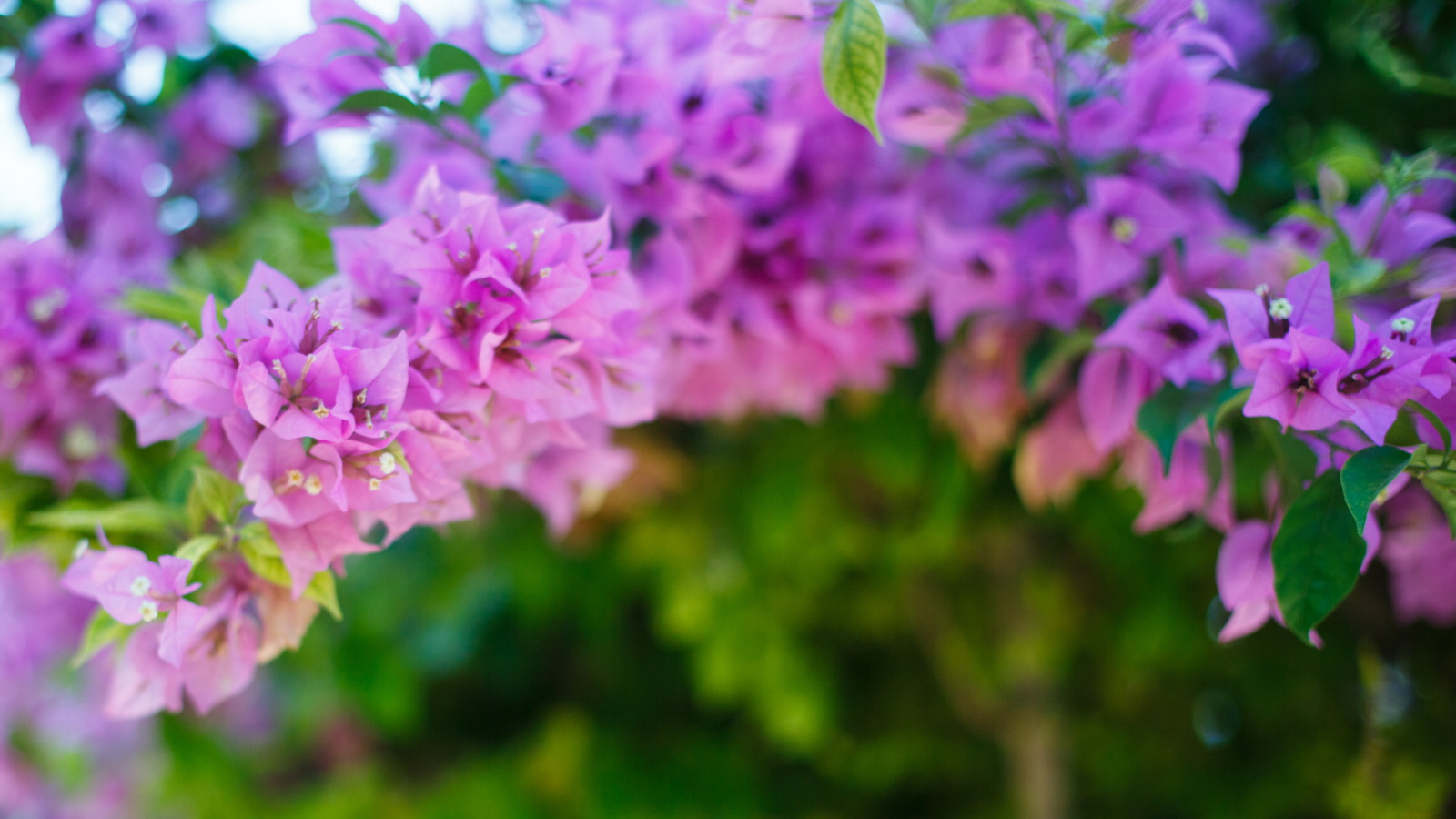 Best climbers to grow in pots – 5 easy-to-grow vines that will transform small spaces with vibrant color
Best climbers to grow in pots – 5 easy-to-grow vines that will transform small spaces with vibrant colorMake the most of small terraces, patios and balconies by filling pots with colorful climbers
By Thomas Rutter
-
 How to grow Virginia creeper – it may divide opinion, but this fast-growing, shade-tolerant vine will cover walls and fences in record time
How to grow Virginia creeper – it may divide opinion, but this fast-growing, shade-tolerant vine will cover walls and fences in record timeIf you are looking for spectacular fall color, Virginia creeper is the climbing plant to grow
By Thomas Rutter
-
 Best plants for a chicken run – 7 fragrant and floral plants for happy hens and beautiful coops
Best plants for a chicken run – 7 fragrant and floral plants for happy hens and beautiful coopsYour chicken run can be every bit as beautiful as your own garden, so long as you do your research first
By Kayleigh Dray
-
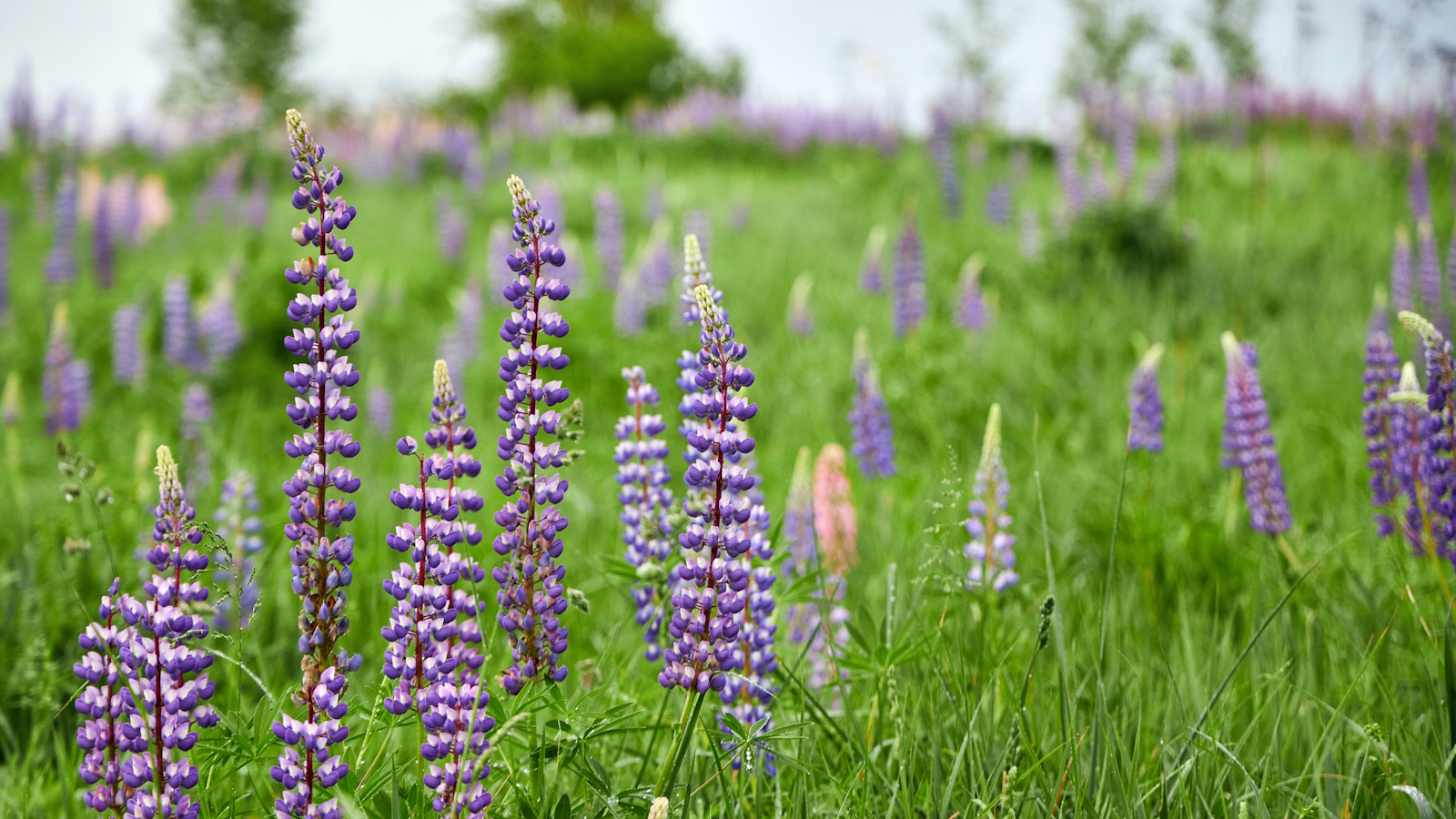 How to grow lupine – expert advice on growing this dramatic and vibrant cottage garden flower
How to grow lupine – expert advice on growing this dramatic and vibrant cottage garden flowerVibrantly colored flower stalks make swathes of lupines a sight to see in meadows and cut flower gardens alike
By Ellen Wells
-
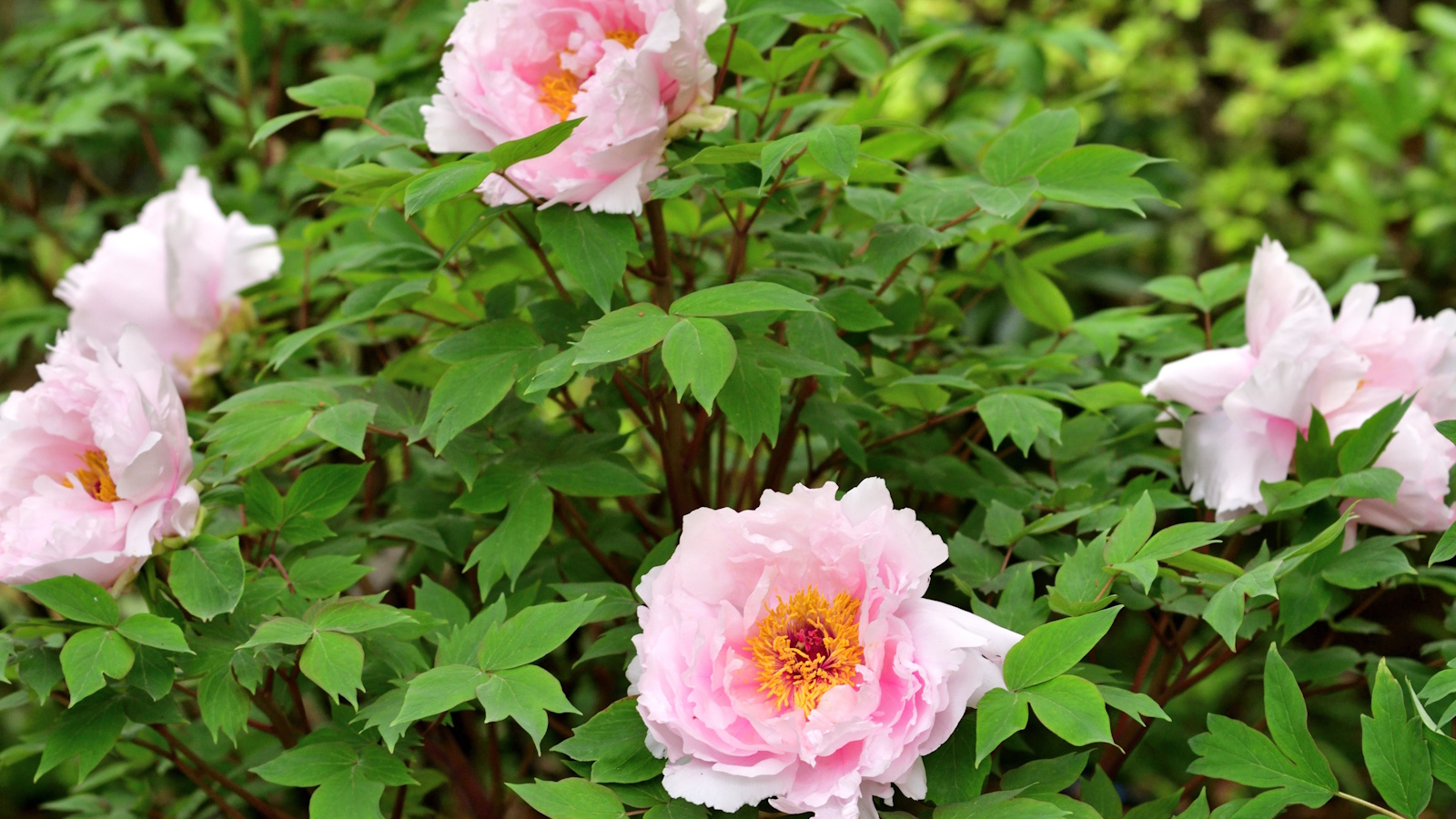 How to grow tree peonies in pots – for a show-stopping shrub that will thrive in partially shaded yards
How to grow tree peonies in pots – for a show-stopping shrub that will thrive in partially shaded yardsWith large, saucer-like blooms, tree peonies are the ultimate flowering shrub
By Thomas Rutter
-
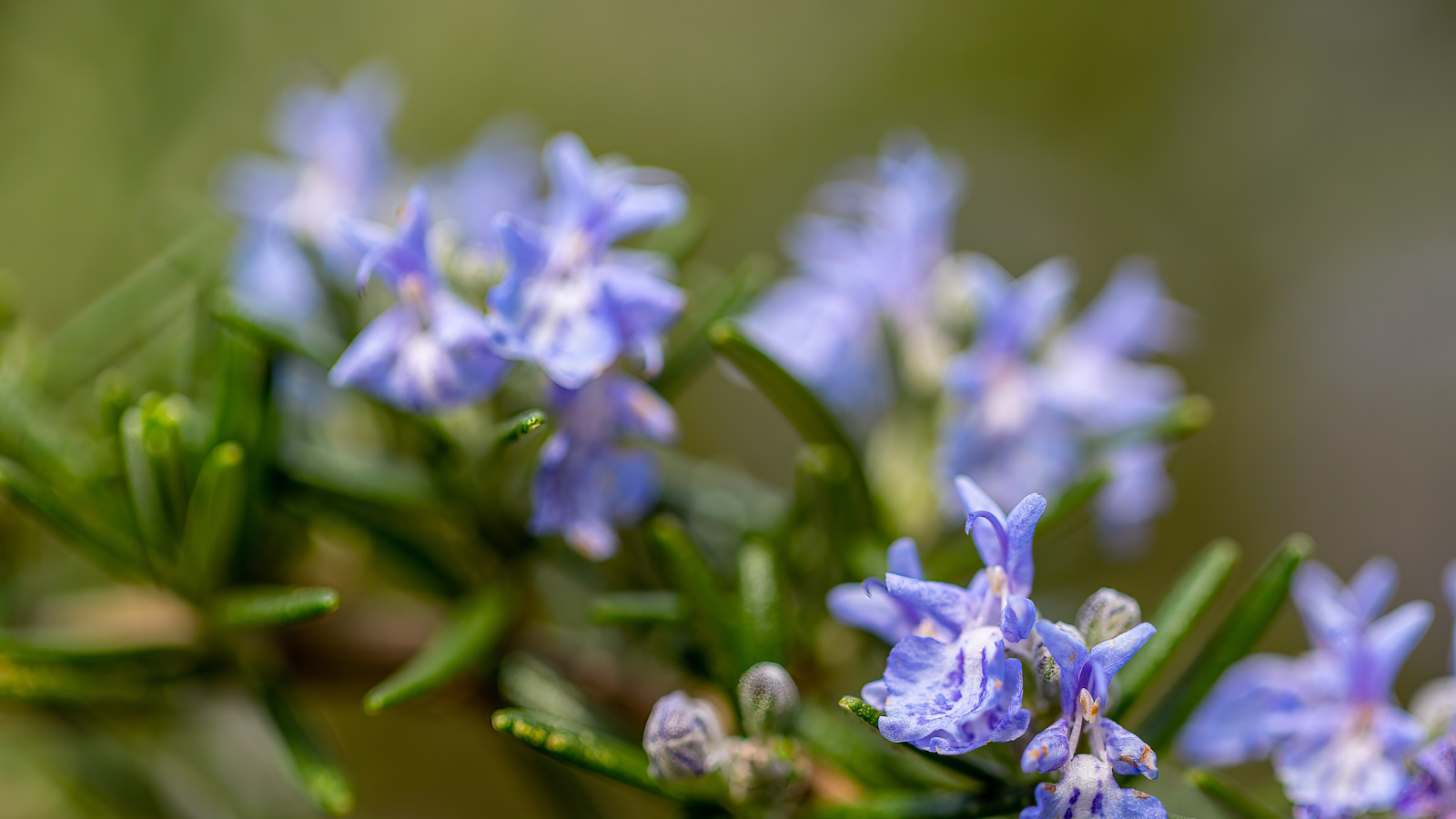 Can you revive woody rosemary plants? Expert pruning advice from a professional gardener to save old, leggy herbs
Can you revive woody rosemary plants? Expert pruning advice from a professional gardener to save old, leggy herbsWith the right pruning approach, old and woody rosemary plants can be brought back to life
By Thomas Rutter
-
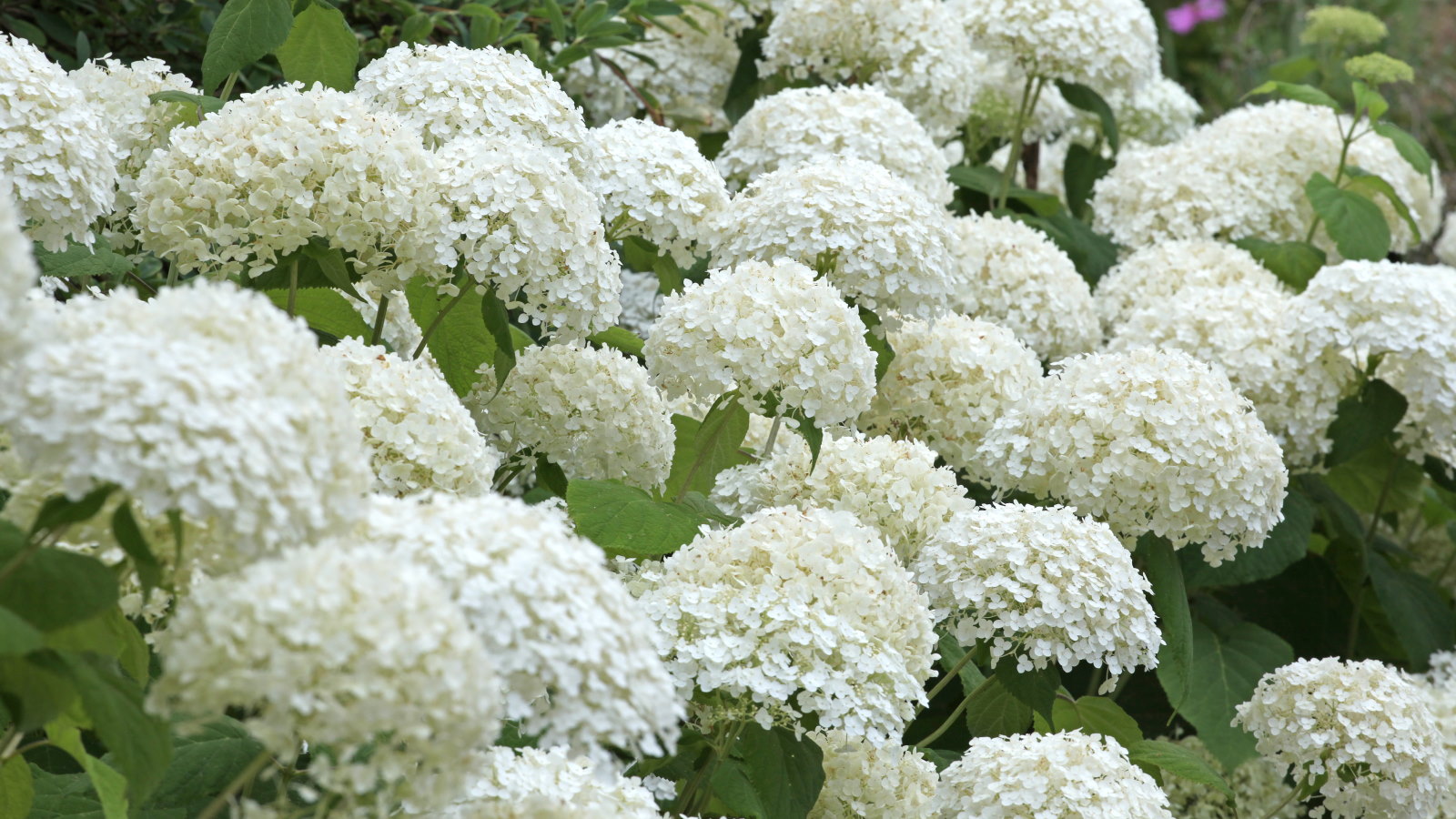 Your hydrangeas will flourish with bigger blooms and healthier growth thanks to this 1 natural material that is easy to use
Your hydrangeas will flourish with bigger blooms and healthier growth thanks to this 1 natural material that is easy to useDiscover why you should be using leaf mold to mulch hydrangeas
By Drew Swainston
